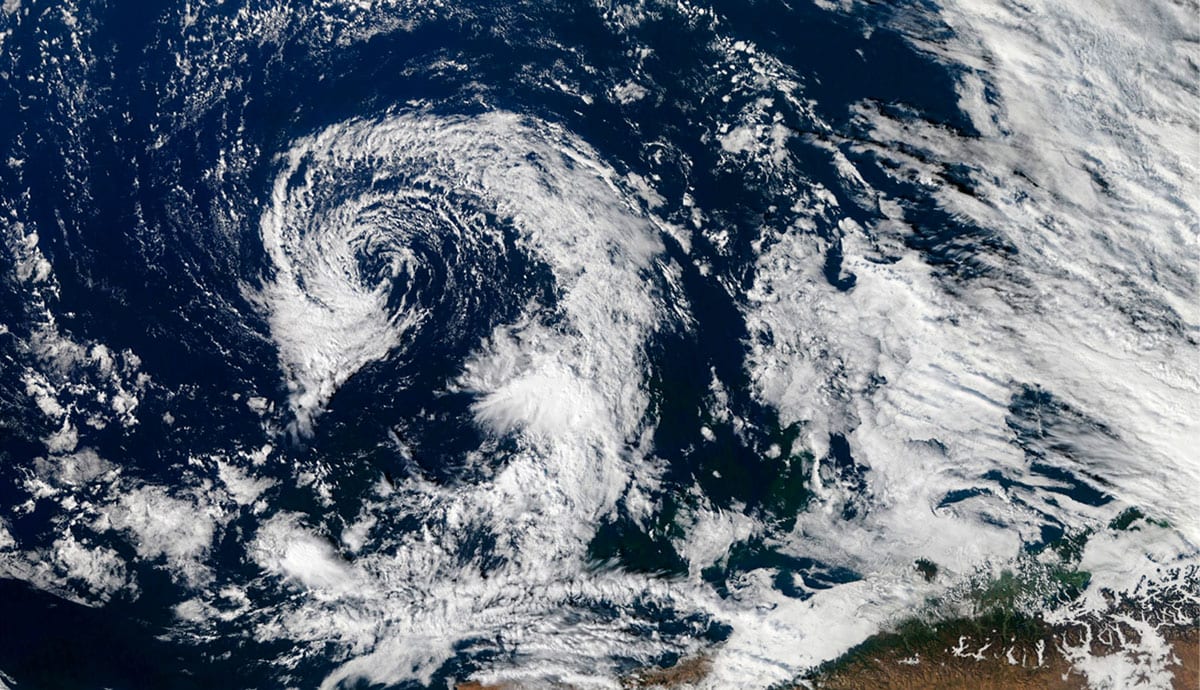
A day-by-day recap of the devastation caused by Hurricane Florence.
With more than one million people under mandatory evacuation, Hurricane Florence—at its worst a Category 5—was set to bring a powerful storm-surge to North Carolina. For an area unaccustomed to hurricanes, the destruction that followed has been catastrophic. Whilst Florence has weakened to a tropical depression, the current death toll stands at 17 and vast flooding continues to threaten the Carolinas and West Virginia.
Slow mover
By Thursday afternoon, Hurricane Florence’s peak wind speeds had fallen to 110mph, downgrading the hurricane to a Category 2. The relief was short-lived—the size of the storm’s wind field had increased, and the large hurricane made landfall near Wrightsville Beach, North Carolina as a Category 1 on Friday morning.
Forecasters warned that the biggest threats were still to come, in what was expected to be a historic rain event. North Carolina was subjected to relentless rain and wind throughout the day, causing huge amounts of flooding with over seven inches of rainfall.
Stranded
Toppled trees and debris from ruined storefronts blocked the flooded streets, and over half a million customers were left without power.
Emergency responders and volunteers in New Bern—a riverfront city near North Carolina’s coast—rescued hundreds who were trapped in their homes, cars or on rooftops. Residents were advised to take refuge on second story levels or attics to await rescue.
The first death reports
Among the first to die in the storm surge were a mother and her baby, after a tree fell on their home in Wilmington, North Carolina. Emergency responders worked for hours to save them but they were both confirmed dead in the afternoon. The child’s father was taken to a nearby hospital with injuries, police said. The infant is one of two babies to have died in the storm.
A third person died in North Carolina’s Pender County and another two people were pronounced dead in Kinston, North Carolina. More deaths followed due to electrocution, wind levels, road fatalities and fires.
Tropical storm
By Friday evening, Florence had downgraded to a tropical storm and was moving slowly towards South Carolina, but the rain didn’t stop.
On Saturday morning, the National Weather Service predicted “catastrophic flash flooding and prolonged significant river flooding”. Roads became impassable and emergency responders and volunteers made a further 700 rescues. As Saturday came to an end, 13 people had been confirmed dead, mainly as the result of flash floods.
Tropical depression
Florence weakened to a tropical depression on Sunday morning, with maximum sustained winds of 35mph. Nevertheless, The National Hurricane Center warned about the possibility of landslides across the Carolinas and West Virginia and stated that rain levels could reach 40 inches. More deaths were confirmed, bringing the toll to at least 17.
No relief in sight
Around 740,000 homes and businesses remain without power and Wilmington, North Carolina, has been completely cut off by floodwaters. The NFL Foundation has announced that it will contribute $1 million in Florence relief efforts, for the immediate needs of those affected.
Florence is expected to produce excessive rainfall as it moves from the Carolinas to the Mid-Atlantic and southern New England this week. Over 1,000 rescues have been carried out, hundreds of people are still trapped, and evacuation is ongoing. Authorities are urging people to be prepared for sudden flooding.
In a news conference, Gov. Roy Cooper warned that the storm has “never been more dangerous than it is right now.”
“The worst is yet to come,” say officials.















